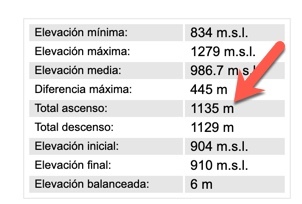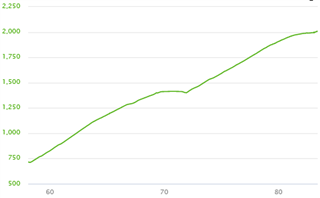I have notice total ascent on a ride is wrong on my Edge 1000.
I did exact same route with a friend and total ascent was different, approx 900 m for me, and more than 1100 for him.
I import the GPX to a page to calculate and it give me the proper total ascent. ()
Garmin Info

Real Info

Any idea how to fix this?
thanks





